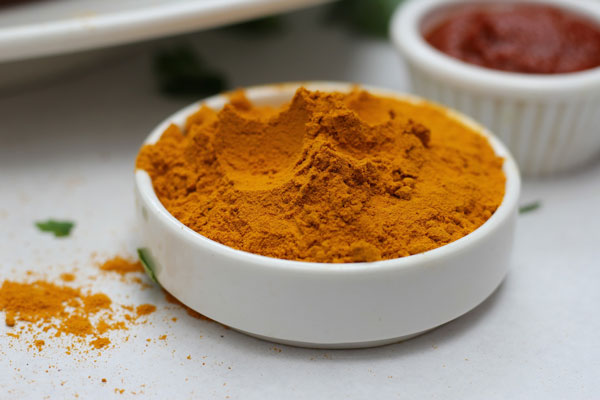Trying to get rid of facial hair is an ongoing problem for many women.
While we’re on the topic of facial hair removal, these are the hairs you should never pluck
It can be a costly exercise, plus who really enjoys the facial hair discussion at beauty counters?
So we’ve scouted around for natural ways to get rid of facial hair, using items you may already have in your kitchen. Always be sure to try some on a small area of skin first to see if any allergic reactions or breakouts occur.
Turmeric and papaya

According to those in-the-know, papaya contains enzymes which can aid with stopping hair regrowth.
Mash up 1 papaya (minus the seeds) with half a teaspoon of turmeric. Gently massage it onto your skin and then leave it on for about 15 minutes. Then wash it off with warm water.
Egg, sugar and cornflour
This method’s benefits are two-fold: you’ll get rid of facial hair and the protein in egg whites is great for your skin.
Mix the egg white of 1 egg with a tablespoon of sugar and half a tablespoon of Maizena in a bowl.
Apply the mixture to your face and wait until it dries. Then gently peel off. It should work in the same way as a wax.
Turmeric and mustard oil

Yet another one with our favourite spice! Use a turmeric and mustard oil mask to remove facial hair.
Mix half a teaspoon of turmeric powder, 1 teaspoon of flour, a few drops of mustard oil (you can substitute with almond oil) and water to make a thick paste.
Apply the mask and after 5 minutes gently remove by rubbing in the opposite direction to your hair growth.
NOTE: People with sensitive skin should give this one a miss.
Here are a few ways to include turmeric in your beauty routine
Potato and lentil
This method originated in India and has been around for many years.
Soak half a bowl of yellow lentils overnight to make them easier to crush.
Finely grate or blender crush a potato and use a sieve to squeeze the juice into a bowl. Crush the lentils and add them to the bowl with 4 teaspoons of lemon juice and a tablespoon of honey.
Apply the paste to your skin and allow it to dry. Then rub it with your fingers, being careful not to rub too roughly.
DISCLAIMER: You must not rely on the information on this website/newsletter as an alternative to medical advice from your doctor or other professional healthcare providers.

